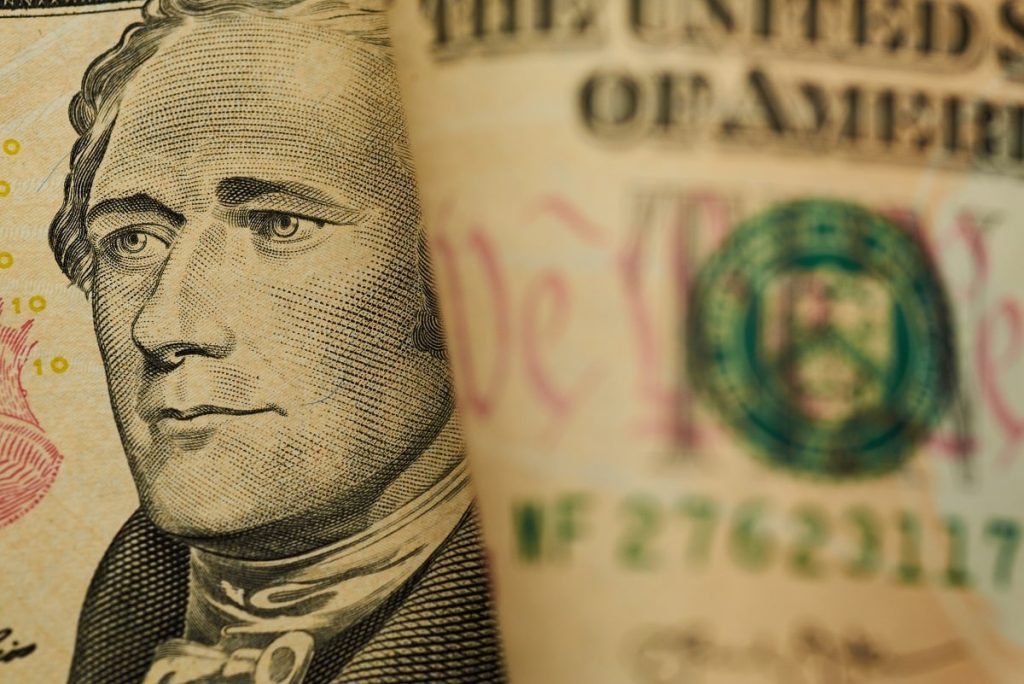
“One of the crucial components of the next energy surge is lithium. The supple, silvery-white alkali metal is a vital component of long-life batteries, which are at the heart of the worldwide movement toward adopting electric cars and contribute to extending the lifespan of non-carbon-based energy provided to electric power grids.
The “Lithium Triangle,” which consists of Argentina, Bolivia, and Chile, is thought to have 60% of the world’s lithium deposits despite Australia being the world’s most significant metal producer. Argentina, Bolivia, and Chile are coming into closer geopolitical focus in Beijing, Brussels, and Washington due to efforts by China, the United States, and other nations to find new funding sources. The primary power adversaries seek the critical metals essential to the global energy transition.
China is the world’s top producer of batteries. S&P Global Market Intelligence estimates that in 2021, China accounted for 79% of lithium-ion batteries, with the United States coming in second at 6.2%.
That reflects China’s supremacy in the capacity for lithium refining, of which more than half is located there. In addition, Ganfeng and Tianqi, two of the biggest lithium miners in the world, are Chinese. Additionally, Tianqi owns assets in Chile and Australia. Zijin Mining, one of the biggest mining firms in China, recently added lithium to its portfolio by acquiring a Canadian business with operations in Argentina.
China has strong reasons to get further involved in the Lithium Triangle, given its position as the world’s largest refiner of lithium.
In terms of lithium and battery manufacturing, the US is behind its Asian competitor. It refines just 2.1% of the lithium in the world, but it possesses an estimated 3.6% of its lithium reserves. Nevada has only one lithium mine. However, others are planned. The Biden administration’s Inflation Reduction Act offers significant incentives for local mining and battery manufacturing to catch up with China. The necessity of creating a sustainable battery sector and ensuring lithium supply has increased, given that the Biden administration wants 50% of all U.S. car sales to be electric by 2030. Lithium batteries are crucial to generating electricity in the United States due to providing storage for solar and wind energy.
The lithium surge is excellent news for the nations that make up the Lithium Triangle. Argentina and Chile generated roughly 30% of the lithium used in 2021; Australia provided the majority of the remaining supply. In 2022, the profitability of Chile’s SQM, which has 19% of the worldwide market share, clearly indicated the lithium boom. Lithium prices and increased sales drove the company’s net income to soar by 937% in the third quarter of 2022. Lithium’s future performance is expected to be strong.
The Lithium Triangle’s most developed lithium industry is found in Chile. Lithium is a valuable resource that is long-standing and recognised as a component of national security. Companies in Chile must apply for a special licence to mine lithium. Only SQM and Albemarle (a mining firm headquartered in the United States) have received permits.
Even if the need for lithium is rising globally, Chile’s sector seems to have hit a wall, and, probably, Argentina may soon be a giant producer. Chile hasn’t developed any new mines in 30 years, and the country also confronts many other difficulties, such as opposition from the local population who protest the excessive water consumption in a desert area and a string of scandals, some of which implicated SQM and Albemarle.
The fact that President Gabriel Boric’s new leftist administration is concentrating on creating a state lithium firm that will collaborate with private businesses and balance mining requirements with those of the surrounding people and ecology casts another shadow over Chile’s lithium industry. It will probably take a while to complete. “They need to locate a partner, then undertake the investigation, the consulting, the development – then construct the plant,” its director, Martin Obaya, of the National University of San Martin in Argentina, said. It won’t happen in this decade, in my opinion.
Argentina has been the most open regarding allowing the private sector and international investment to play a large part in the growth of its lithium industries. The lithium industry has benefitted from a more pragmatic approach characterised by relatively minimal state regulatory involvement and low taxation, notwithstanding the overlay of populist economic policies of previous and present Peronista regimes. Lithium export promotion is highly sought after, particularly in light of the rising worldwide demand.
Argentina is among the few nations testing direct lithium extraction, a novel technique. The technique has the potential to revolutionise the business and replace the two-year evaporation procedure now used to remove lithium from the briny salts. Large seawater may be returned to the aquifer, and the direct technique could collect twice as much lithium.
There are critics of Argentina’s expanding lithium mining sector. Environmental contamination and unfair distribution of income from lithium sales are issues that raise concerns. The advent of international lithium mining firms has even given rise to the claim that it may be “neocolonialism disguised as a green revolution.”
Bolivia has the highest deposits but few exports, whereas Argentina and Chile are mining and exporting lithium using the knowledge of international businesses. Under President Evo Morales, Bolivia made a few attempts to establish the lithium industry, but the nation was widely seen as unwelcoming to investors, particularly to Western corporations. Though the goal was to develop a state-owned lithium-to-battery production matrix, it was eventually realised that lithium might provide a new export source. That would move the Andean nation beyond its conventional function as a country that extracts primary minerals.
Along similar lines, discussions were placed with China’s Xinjiang TBEA and Germany’s ACI Systems. However, in 2019, demonstrations broke out in response to the two firms’ requests for more royalties and improved circumstances for the nation. Morales backtracked and terminated the contracts after receiving criticism from nationalists. It has been suggested that foreign forces with a stake in lithium control were behind the president’s swift removal. Despite that setback, Bolivia continued to build two industrial facilities essential to producing lithium batteries: one for lithium carbonate and one for potassium chloride.
Bolivian conditions could be shifting. President Luis Arce has hinted that he wants his nation to join the lithium club and become “the global capital of lithium” ever since he was elected in 2020. By 2030, Bolivia should produce 40% of the world’s lithium, according to Arce. To do it, Bolivia needs both international investment and knowledge. The government is now negotiating with many businesses, including Uranium One from Russia, the Chinese battery manufacturer CATL, the US start-up Lilac Solutions, and three Chinese organisations. Bolivia has a chance to take over as the world’s lithium capital. Finding agreement on the best course for the nation, one that can draw in and manage foreign direct investment is difficult. Bolivia’s objectives have remained only that up to this point. More work must be done to make lithium and battery exports a reality.
Looking forward, China, the US, and other nations will intensify their courtship of Argentina, Bolivia, and Chile in the race to the top of the green revolution. Hard choices over how to handle this commodity and under what conditions lie for the countries that make up the lithium triangle. Although each nation’s lithium policies are unique, all three must consider how to handle foreign investment, the environmental effect, and how to strike a balance between the need for economic development and wealth creation.
Both potential and danger are there in the worldwide lithium revolution. Do Argentina, Bolivia, and Chile wish to continue, as they have for a large portion of their growth, to be only the extractors of a commodity the world economy wants, or do they want to carve out competitive niches for items with value-added? The findings partly reveal the solution: Bolivia’s state-dominated sector has yet to get off the ground and is still wary of international engagement. At the same time, Chile’s industry runs the danger of stagnating. Argentina is expanding its lithium business by using foreign knowledge and funding (from both the U.S. and China). While lithium is abundant in the Lithium Triangle, it will be difficult for other nations to get it out of the ground and into their automobiles, dampening their enthusiasm for becoming green.






